What to do if Allen-Bradley Control Unit has Runtime RAM Fault?
- Ccarl84Aug 27, 2025
If your Allen-Bradley Control Unit shows a 'Runtime RAM Fault', cycle the power to reset the 1747-ASB module. If the problem continues, replace the 1747-ASB module.
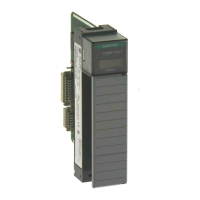
What to do if Allen-Bradley Control Unit has Runtime RAM Fault?
If your Allen-Bradley Control Unit shows a 'Runtime RAM Fault', cycle the power to reset the 1747-ASB module. If the problem continues, replace the 1747-ASB module.
What to do if Allen-Bradley Control Unit shows Powerup Self Test Error?
If your Allen-Bradley Control Unit displays 'Powerup Self Test Error (normal operating mode)', cycle the power to reset the 1747-ASB module. If the problem continues, replace the 1747-ASB module.
What to do if Allen-Bradley 1747-ASB displays I/O runtime fault?
If your Allen-Bradley Control Unit displays 'I/O Runtime Fault (Error, Location)', check the I/O module in the specified slot. Cycle the power to both the 1747-ASB module and the I/O module. If the problem persists, replace the I/O module.
What to do if Allen-Bradley 1747-ASB Control Unit shows configuration store fault?
If your Allen-Bradley Control Unit shows a 'Configuration Store Fault (EEPROM failed write verification)' error, cycle the power to reset the 1747-ASB module. If the issue continues, replace the 1747-ASB module.
| Model | 1747-ASB |
|---|---|
| Category | Control Unit |
| Manufacturer | Allen-Bradley |
| Series | SLC 500 |
| Communication Protocol | Remote I/O |
| Power Supply | 24V DC |
| Compatibility | SLC 500 |
| Current Draw | 0.5 A |
| Operating Temperature | 0 to 60 °C |
| Storage Temperature | -40°C to 85°C |
| Relative Humidity | 5 to 95% (non-condensing) |
| Product Type | Remote I/O Adapter Module |
Identifies the intended audience for the manual based on their responsibilities.
Explains the manual's objective and content for the remote I/O adapter module.
Defines key technical terms and abbreviations used throughout the manual.
Provides a general description of the 1747-ASB module and its role in RIO communication.
Explains the concept and operation of Remote I/O systems and communication.
Highlights the physical components, LEDs, and DIP switches of the 1747-ASB module.
Describes the different types of chassis available for remote I/O systems.
Details the slot numbering scheme within chassis for module placement and addressing.
Explains the configuration where two chassis slots are addressed as one logical group.
Details the function and settings of the module's three DIP switches for configuration.
Configures the communication speed for the module on the RIO link.
Determines the size of the module's image reserved in the scanner.
Provides step-by-step instructions for physically installing the module into the chassis.
Guides on connecting network devices in a daisy chain configuration using Belden 9463 cable.
Explains the correct use of terminating resistors for RIO link integrity and baud rates.
Outlines the procedure for initial system startup and module verification.
Describes the module's behavior and indicators during normal system operation.
Explains conditions that may prevent normal RIO link communications.
Introduces troubleshooting concepts, module indicators, and error types.
Lists error codes, their meanings, and corrective actions for module faults.
Details fault codes related to incorrect DIP switch settings and their meanings.
Illustrates a practical application using an SLC 500 processor and RIO scanner.
Shows the input and output image structure for an SLC processor in the example.
Provides examples of how to fill out RIO address labels for module identification.
Lists the operational parameters and environmental limits for the adapter module.
Details baud rate, cable length, and resistor specifications for network setup.
Explains the process and formulas for calculating system throughput.
Compares the hold last state functionality between the two module series.
Explains differences in mapping and controlling specialty I/O modules.
Highlights differences in physical slot numbering conventions between the modules.
Provides a template for recording DIP switch settings for module configuration.
Offers a worksheet to document the I/O module addressing within the chassis.
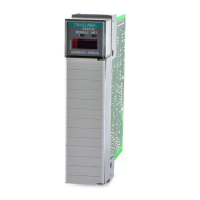
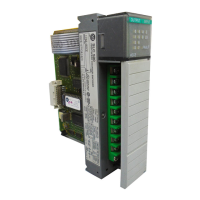
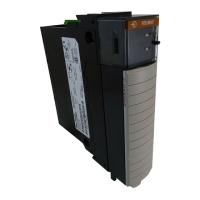

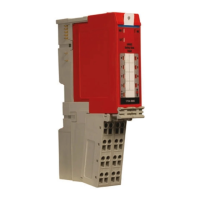

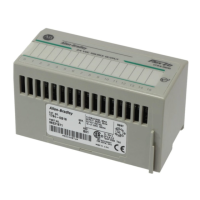
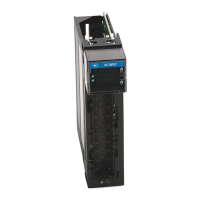


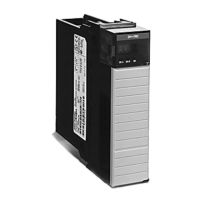

